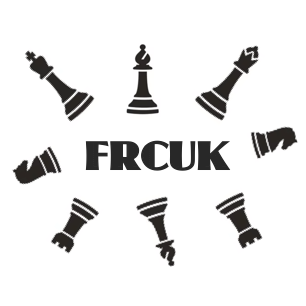Rules
Fischer Random Chess – also known as Chess 960 – is a variant of chess invented by Bobby Fischer to promote creativity and reduce the reliance on opening memorization. It has the same basic rules as standard chess, with the main difference being the randomized starting position of the pieces.
Here are the key rules for Chess 960:
1 Initial position
All pieces are placed on their respective back ranks, with the only requirements being that the bishops must be on opposite-coloured squares and the king must be placed between the two rooks. There are 960 possible starting positions.
2 Castling
Castling is allowed, but the rules are modified to accommodate the variable starting positions. After castling, the king and rook must end up in the same position as they would in standard chess. There are two types of castling: Kingside (O-O): The king moves two squares towards the kingside rook, and the rook jumps over the king to the adjacent square. Queenside (O-O-O): The king moves two squares towards the queenside rook, and the rook jumps over the king to the adjacent square. As in standard chess, castling is only allowed if:
- The king and the rook involved have not moved.
- The squares between the king and the rook are unoccupied.
- The king is not in check, and the squares it crosses or lands on are not under attack.
3 Standard rules apply
The objective of the game is to checkmate the opponent’s king, and all other rules, such as piece movements, captures, pawn promotion, and en passant, are the same as in standard chess.
